Megapixels don't matter! Here's what's really important on your phone's camera
The myth of megapixels on your iPhone and Galaxy debunked
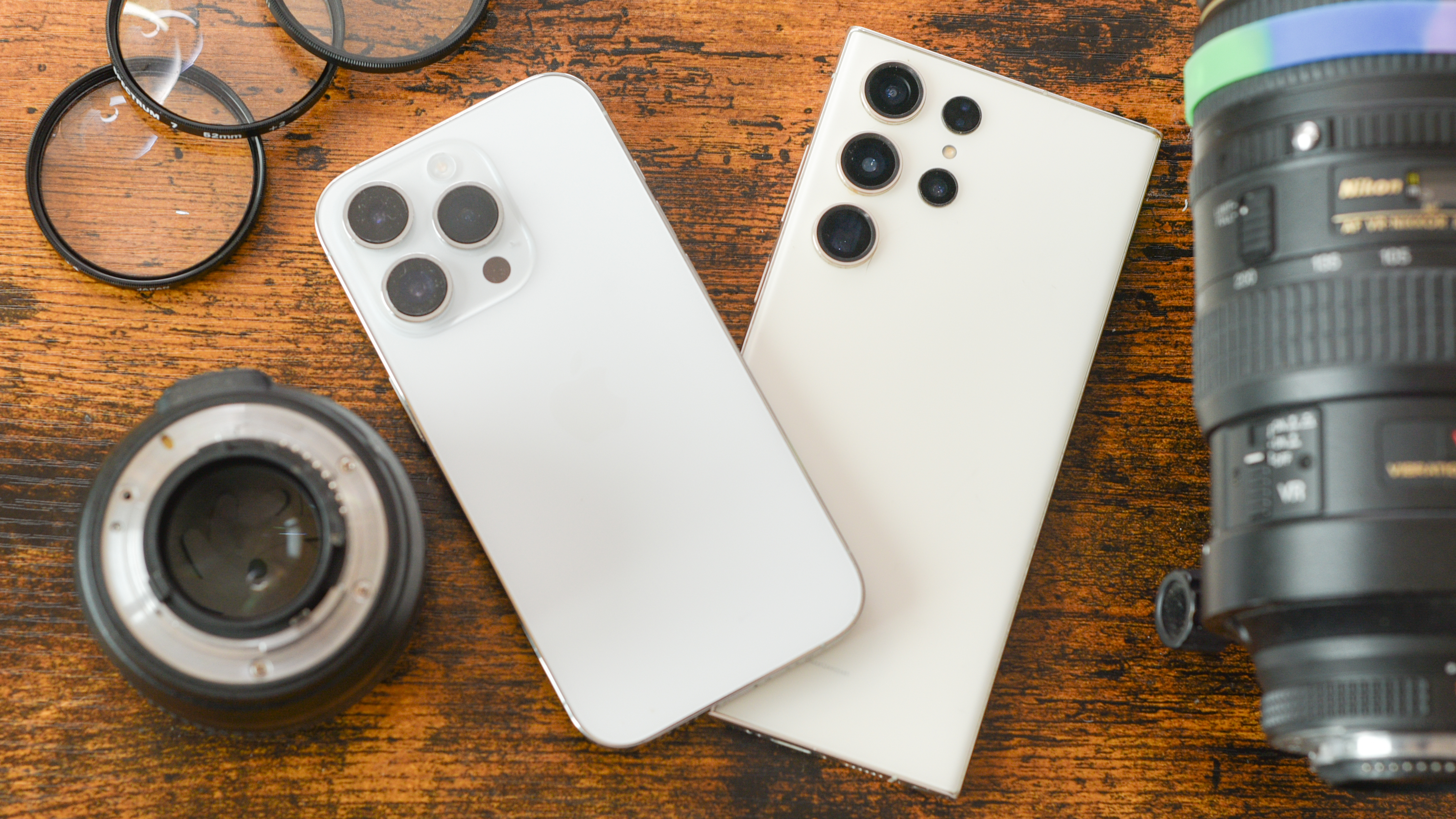
At the top of our list of the best camera phones you can buy sits the Samsung Galaxy S23 Ultra, a 200MP behemoth that has no less than five cameras, including a 200MP sensor, a 10X optical zoom, and don’t get me started on 8K video recording. Do those 200 megapixels make the Galaxy the king of smartphone photography? Nope, not even close. Megapixels don’t matter, there are more important things to understand when you choose and use your next camera phone.
A megapixel isn’t actually a thing, it’s a measurement. It means one million pixels. But what pixels are we talking about? We don’t mean the pixels in the final image, we mean the pixels on the camera sensor that detect light and color. A phone sensor may have 200MP, but that doesn’t mean the final image will be that size.
You shouldn't take a 200 megapixel photo, anyway
You can take a photo with the Galaxy S23 Ultra that has 200 million pixels, but you shouldn’t, for a bunch of reasons.
First, when you shoot at 200MP on the Galaxy S23 Ultra, or whenever you shoot at the highest resolution with the least image compression (ie. RAW, or DNG file type on the iPhone), you are telling the phone that you want to do all the work. So, the phone gives you fewer options, thinking you’ll be editing this photo later. You won’t have the same zoom, for instance, or the ability to make a motion photo while shooting.
Second, the photo will be very large. A 200MP photo from the Galaxy could be between 15 - 25MB, depending on the color and detail. A full-resolution 48MP photo from an iPhone 14 Pro is around 5MB or so. How big do you need your photos to be? What’s the difference? That depends on how you plan to view and share your photos, and we’ll get to that in a bit.
Finally, every smartphone today is capable of doing some great photo magic with your snapshots, but it needs to sacrifice some pixels to get there. Through a process called pixel binning, phones will take multiple adjacent pixels and use the data from each to make one pixel for the final image. Thus, a Galaxy S23 Ultra may start with 200MP but your final image will be only 12MP, a very reasonable 3MB of storage space.

Is the 12MP photo as good as the 200MP photo? That depends on how you are viewing the photo, and this is probably the biggest question we need to ask ourselves when choosing a smartphone camera. Where are you going to look at these pictures? How will you share them?
Sign up for breaking news, reviews, opinion, top tech deals, and more.
Are you going to look at every photo on a phone screen? Will you look at them on a larger tablet, or a desktop monitor? Do you plan on printing any of these photos to hang on a wall, like an 8 x 10 portrait size or larger? Those questions will determine what is important on your next camera, and none of them have to do with megapixels.
Comparing 200MP, 50MP, and 12MP images
Here's a shocker. Some 12MP photos taken with the Galaxy S23 Ultra will actually look better than the 200MP photos. That's because of all the computational work that goes into pixel binning. The pixels are tiny, so one pixel can't capture as much data as sixteen pixels combined together.
I took the photos below from Liberty State Park in New Jersey at sunset. The Statue of Liberty is not very close, but it's as close as you can get without a boat. I took a photo with the main camera using the default 12MP resolution. Then I cranked it up to 50MP, then 200MP. You can see the results below.
The 12MP photo is much better. That's because the statue was far away, and it was low light. Without telephoto zoom, the sensor couldn't capture much detail from the scene.
The pixel binning technique combines all of the information from up to 16 pixels. Through computational magic, the final image is more clear with better color than if the sensor tried to take the photo on its own. This won't be true for every scene, but this provides a clear example.
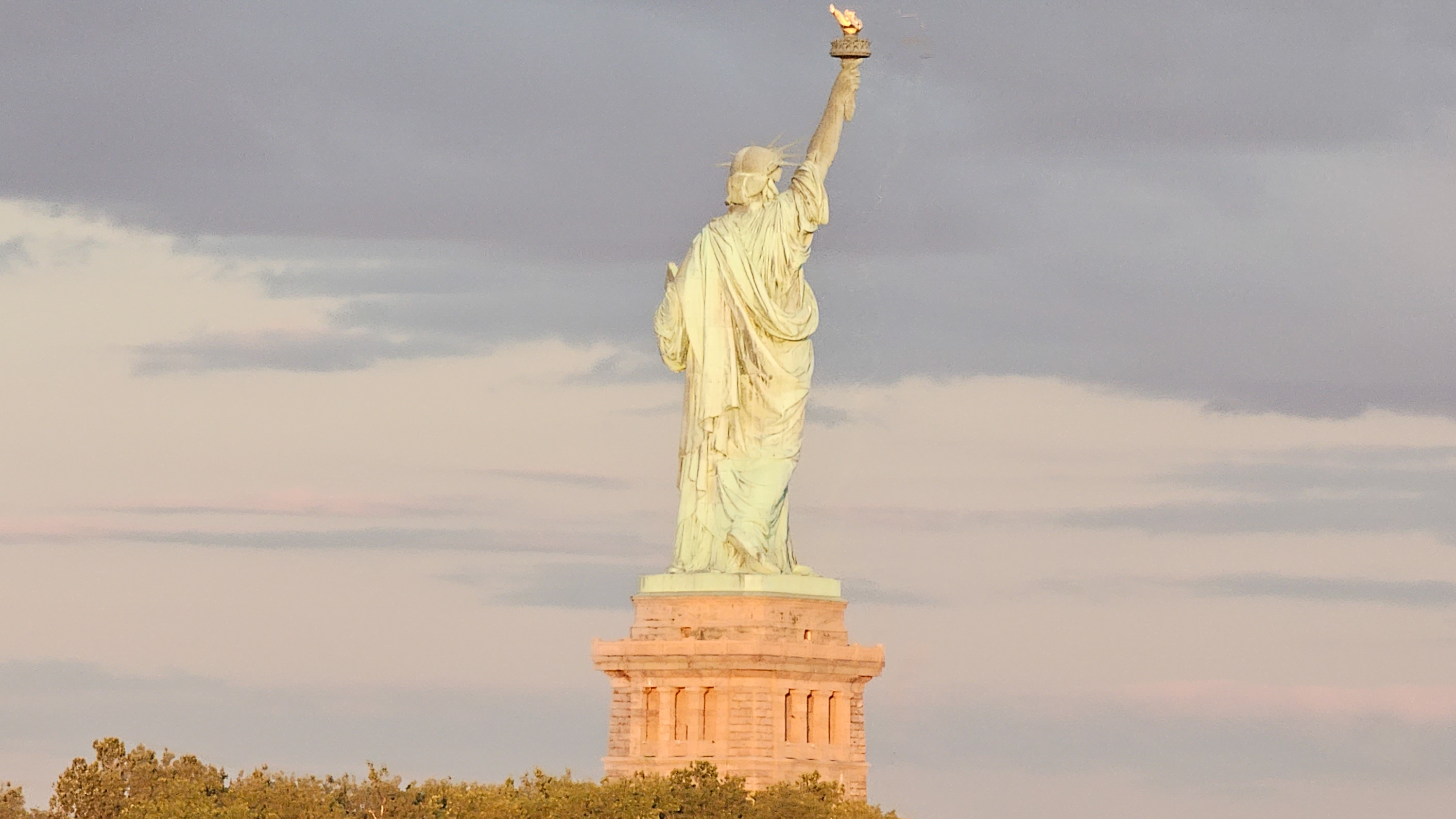


Here's why megapixels aren't so important
Somebody offers to sell you a dozen cookies, you want to see those cookies first
A great 12MP photo will look great as an 8 x 10 print. It could print even larger, if it is clear with nice detail. A terrible 200MP photo will look terrible as an 8 x 10 print. The megapixels don’t matter, because megapixels only tell us ‘how much,’ not ‘how good.’
Saying “megapixel” is like saying “dozen.” If I offer you a dozen cookies, you know how many cookies you’ll get, but not how big or small those cookies will be. If you are a real cookie lover and somebody offers to sell you a dozen cookies, you want to see those cookies first.
The Galaxy S23 Ultra jumped to 200MP from the 108MP on the Galaxy S22 Ultra. But guess what? The sensor is the same size. That means the entire plate of cookies is the same size. There are a lot more cookies, but they are much smaller now.
That’s okay! Smaller cookies aren’t worse cookies, they’re just smaller. As I said, megapixels don’t tell you anything important, they just tell you how much.
Cameras with the same megapixels are not the same
This isn’t a problem on the Samsung phone, or any of our best camera phones, because they are using high-quality sensors with advanced image processing to put all those pixels to good use. The problem is when you find a bargain phone with too many megapixels. It is easy to use megapixels as a marketing gimmick, because a big number seems really impressive.
For instance, you can buy a OnePlus Nord N30 for $299 with a 108MP camera. You can also buy a Galaxy S22 Ultra, which Samsung still sells new for around $1,000, also with a 108MP camera. Are the photos going to be the same? Not even close.
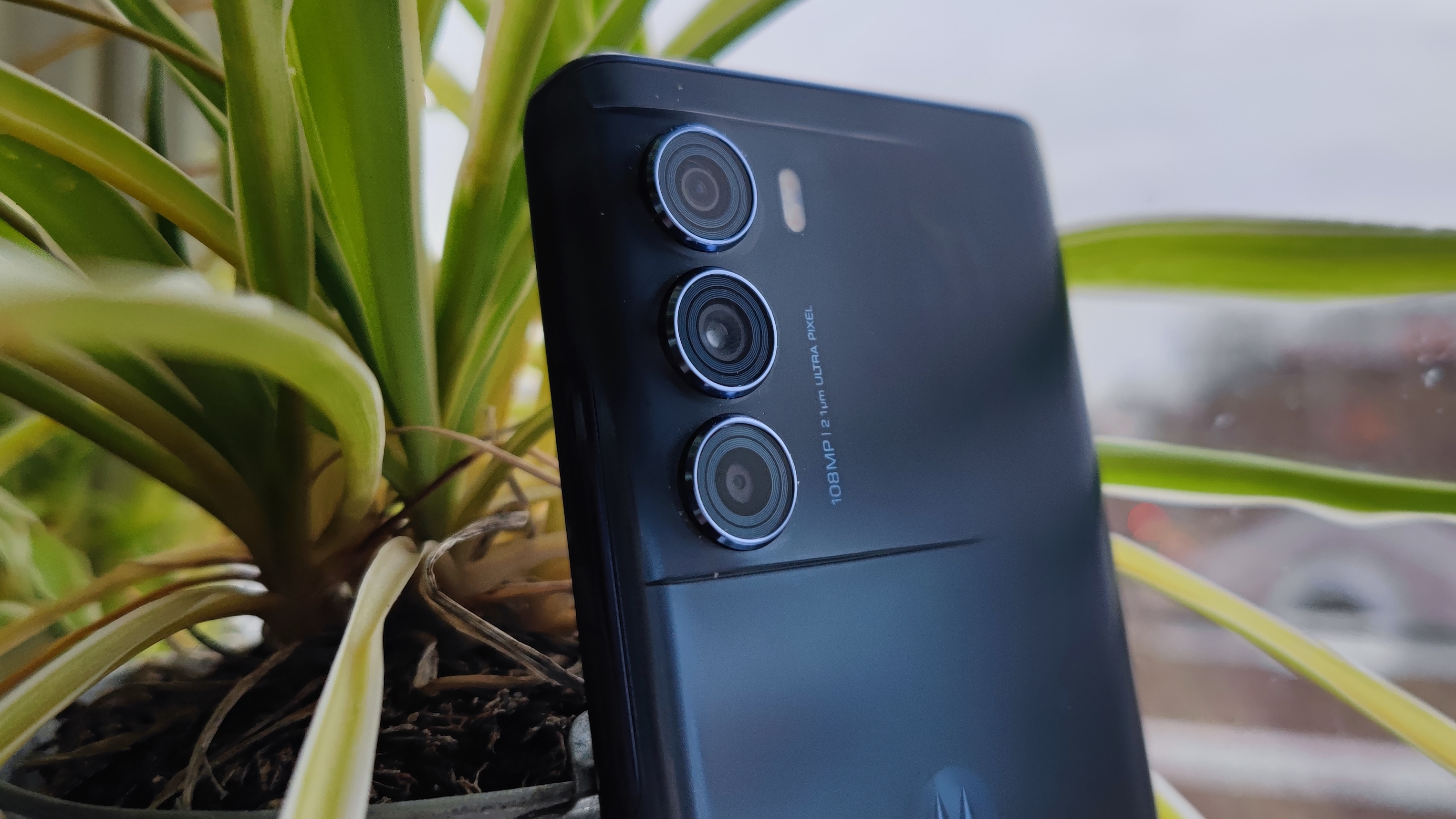
Both of these phones reportedly use Samsung ISOCELL sensors, produced by Samsung Semiconductor, a separate entity from the Mobile Experience group that makes the phones. The Galaxy S22 Ultra uses an HM3 sensor with 108 million pixels that are each 0.8 micrometers, or 0.8μm. A micrometer is one-millionth of a meter.
The Nord N30 uses an HM6 sensor with 108 million pixels that are 0.64μm. While that difference seems tiny (microscopic, in fact), in reality each sensor pixel on the Galaxy S22 Ultra is 25% larger than a pixel on the Nord N30 sensor. These sensors capture photons of light, so the microscopic difference is relatively huge.
Both OnePlus and Samsung are giving you 108 million cookies, but Samsung’s cookies are each 25% larger. I know which plate of cookies I’m taking.
Sensor size is more important than the number of pixels
If megapixels aren’t important, then what is important? The size of the sensor is very important. As it is the plate that will be filled with cookies, you want the biggest plate possible. The problem is that camera makers use an obscure measurement system that seems designed to trick us.
Camera sensor measurements are often given as a fraction of an inch, and you need to do the math (or really understand, ugh, fractions) to understand what you are getting. The OnePlus Nord N30 has a 108MP sensor that measures 1/1.67”, while the Galaxy S22 Ultra has a sensor that measures 1/1.33”.
Wait, they mix fractions and decimals? Can you even do that!? Yes, if you want to confuse people on purpose. The gold standard for mobile camera sensors is around 1 inch. That’s still roughly one-eighth the size of a full-frame DSLR sensor.
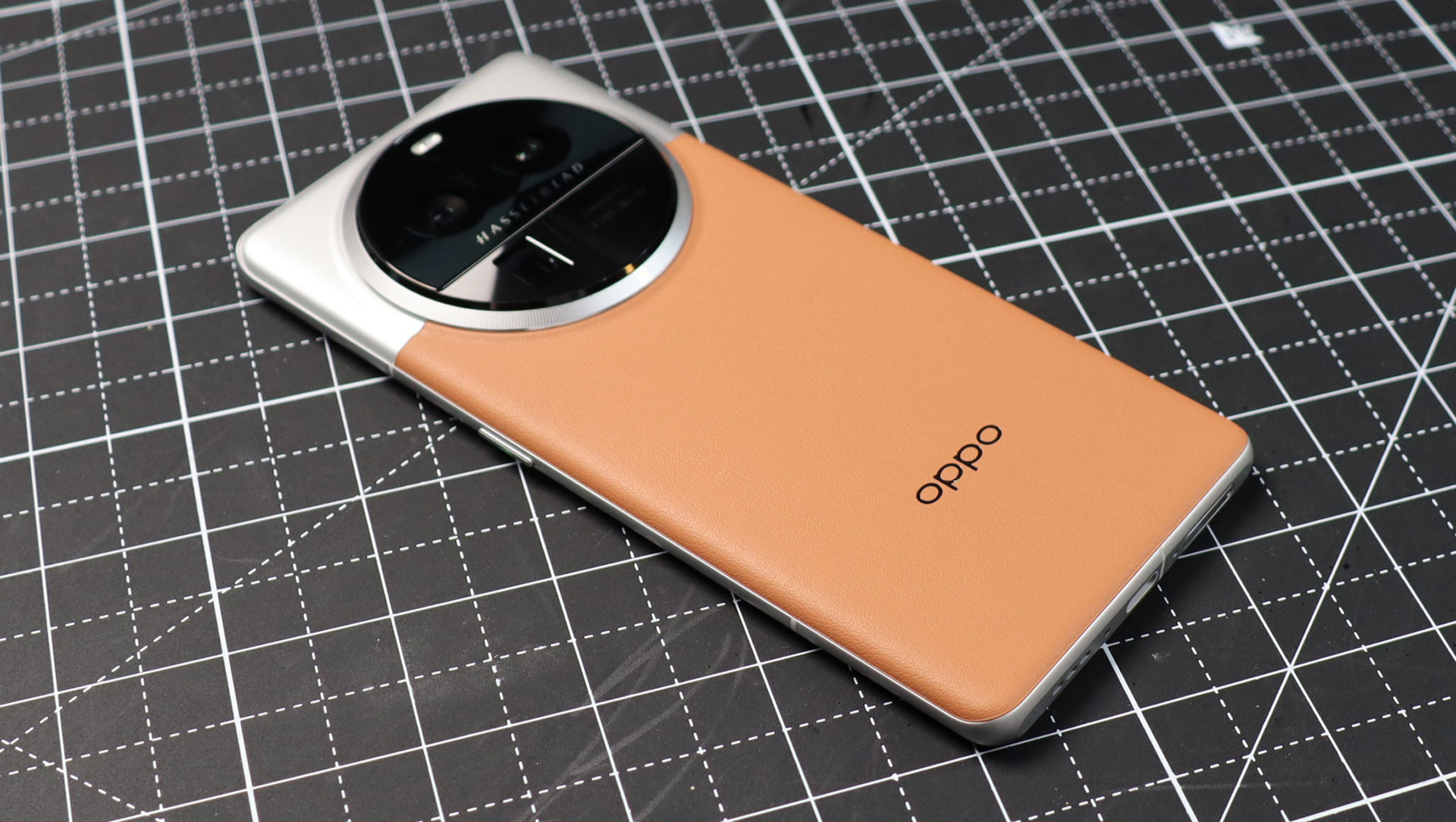
Back in the day, manufacturers didn’t want to tell everyone they were selling a camera with a smaller 2/3-inch sensor. Instead, they said it had a 1/1.5” sensor, which looks more like 1” when you read it quickly, without doing the math. Marketing at its best.
Today, this benefits phone makers using smaller sensors. The 1/1.67” sensor on the OnePlus phone is 0.59 inches, smaller than the 1/1.33” sensor on the Samsung which is actually 0.75 inches, but most people have trouble with fractions, let alone fractions mixed with decimals.
Choose the right camera for the way you see photos
Do you need a big camera sensor? If you are taking photos to share on your phone screen, or sharing entirely on Instagram and other social networks that limit the resolution of your photos anyway, you absolutely don’t need a bigger sensor.
In fact, one of our favorite phone cameras is the Pixel 6a. Pixel a-series bargain phones from Google focus on getting as much out of lower-resolution photos as possible. The Pixel 6a takes 12MP photos that are optimized to look great on a phone screen. They don’t look so amazing when you blow them up large, but for taking photos without fuss, it’s hard to beat that bargain Pixel magic.
The real reason the Galaxy S23 Ultra is our top pick for the best camera phone is its incredible versatility, not its megapixels. No matter the situation, no matter the subject, the Galaxy S23 Ultra is ready. Want to take great selfies and portraits? No problem. Did you spot a rare bird on the other side of the pond? The Galaxy S23 Ultra will get a better shot than any other camera phone.
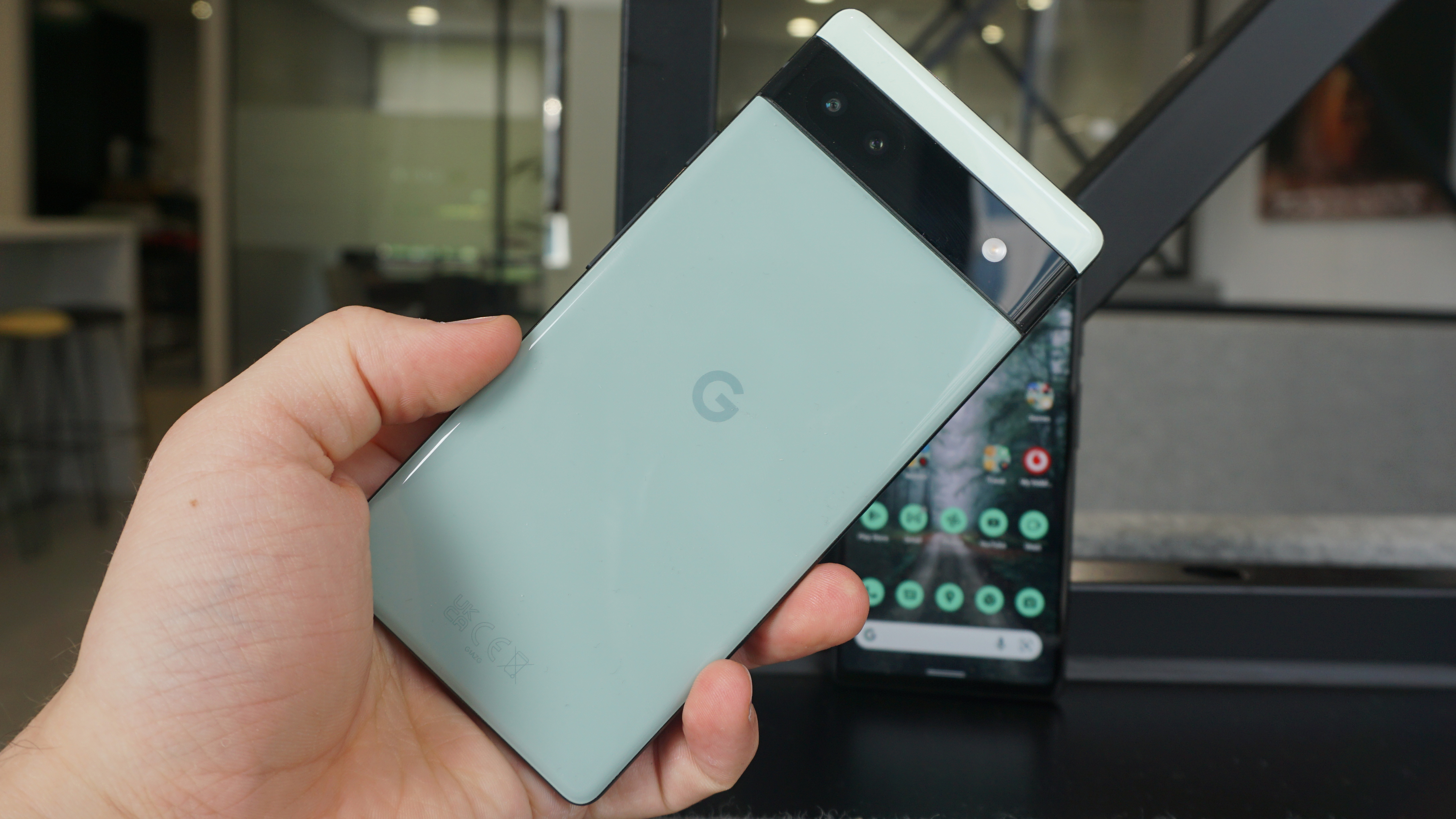
Want to take detailed photos of the moon? The Galaxy comes closest. But it also takes the best, most appetizing food photos. It takes well-balanced night photos. It can both shoot 8K video and make simple GIFs right from the camera, easily. No matter what kind of photography you want, even if you want every kind, you’ll get it with the Galaxy S23 Ultra.
The Pixel 7 Pro is our close second favorite, and while it lacks the lens collection of the Galaxy S23 Ultra, its 50MP main camera takes photos that are just as good. That’s partly because the sensor is the same size as the Galaxy’s 200MP camera. Google gives you 50 million cookies, and they are huge. Also, Google knows how to bake software better than just about anyone, and it’s photo processing is the best around.
When you’re shopping for your next phone and wondering about the camera, ignore the megapixels. Try to learn the sensor size (and do the math on that fraction), and see how close it comes to 1-inch. Look for versatility, and check out image samples the way you’re going to view your photos, whether that’s on a big screen or small.
In short, megapixels don’t matter, just figure out what kind of photography you like, and pick the phone that shares your priorities.

Phil Berne is a preeminent voice in consumer electronics reviews, starting more than 20 years ago at eTown.com. Phil has written for Engadget, The Verge, PC Mag, Digital Trends, Slashgear, TechRadar, AndroidCentral, and was Editor-in-Chief of the sadly-defunct infoSync. Phil holds an entirely useful M.A. in Cultural Theory from Carnegie Mellon University. He sang in numerous college a cappella groups.
Phil did a stint at Samsung Mobile, leading reviews for the PR team and writing crisis communications until he left in 2017. He worked at an Apple Store near Boston, MA, at the height of iPod popularity. Phil is certified in Google AI Essentials. He has a High School English teaching license (and years of teaching experience) and is a Red Cross certified Lifeguard. His passion is the democratizing power of mobile technology. Before AI came along he was totally sure the next big thing would be something we wear on our faces.